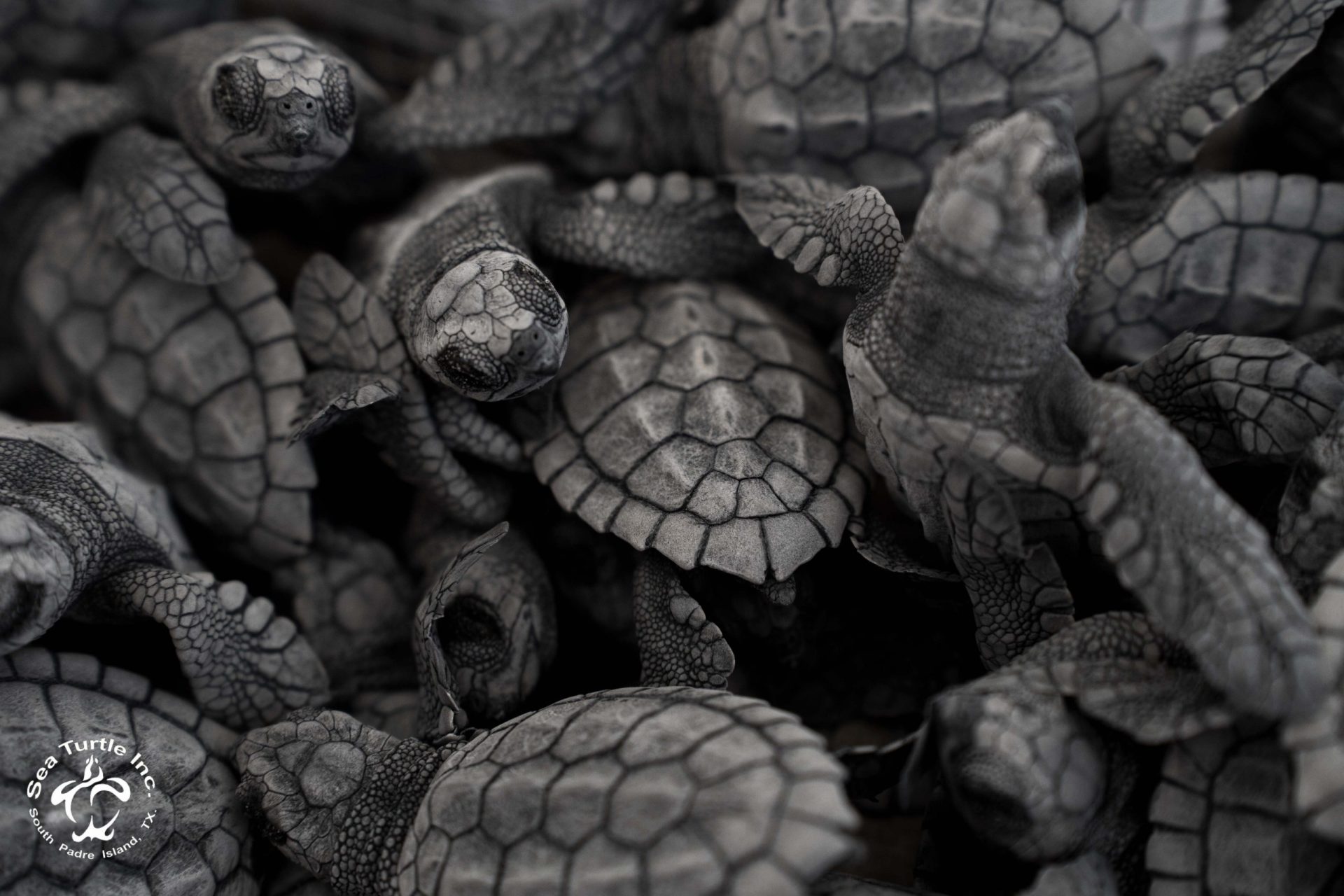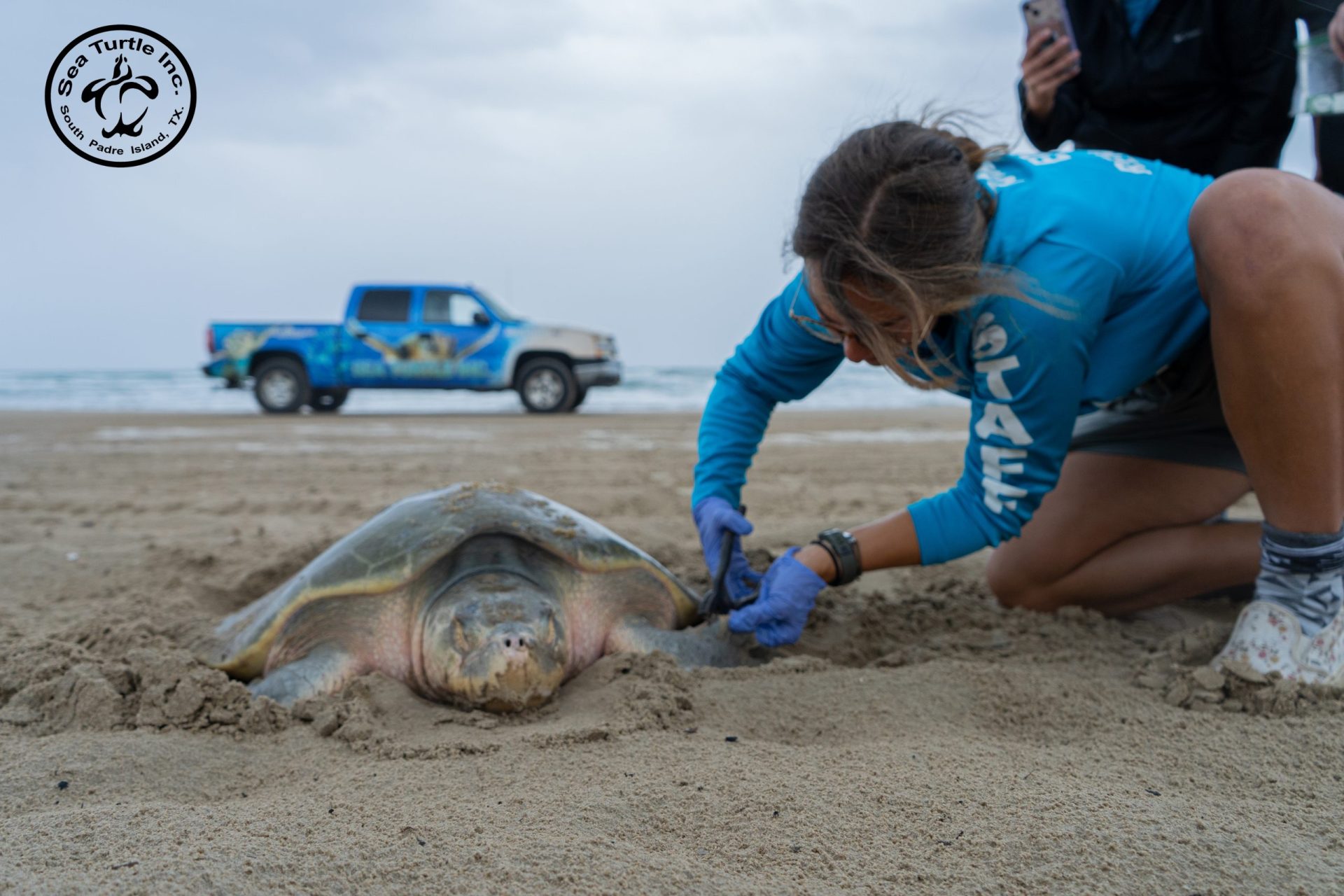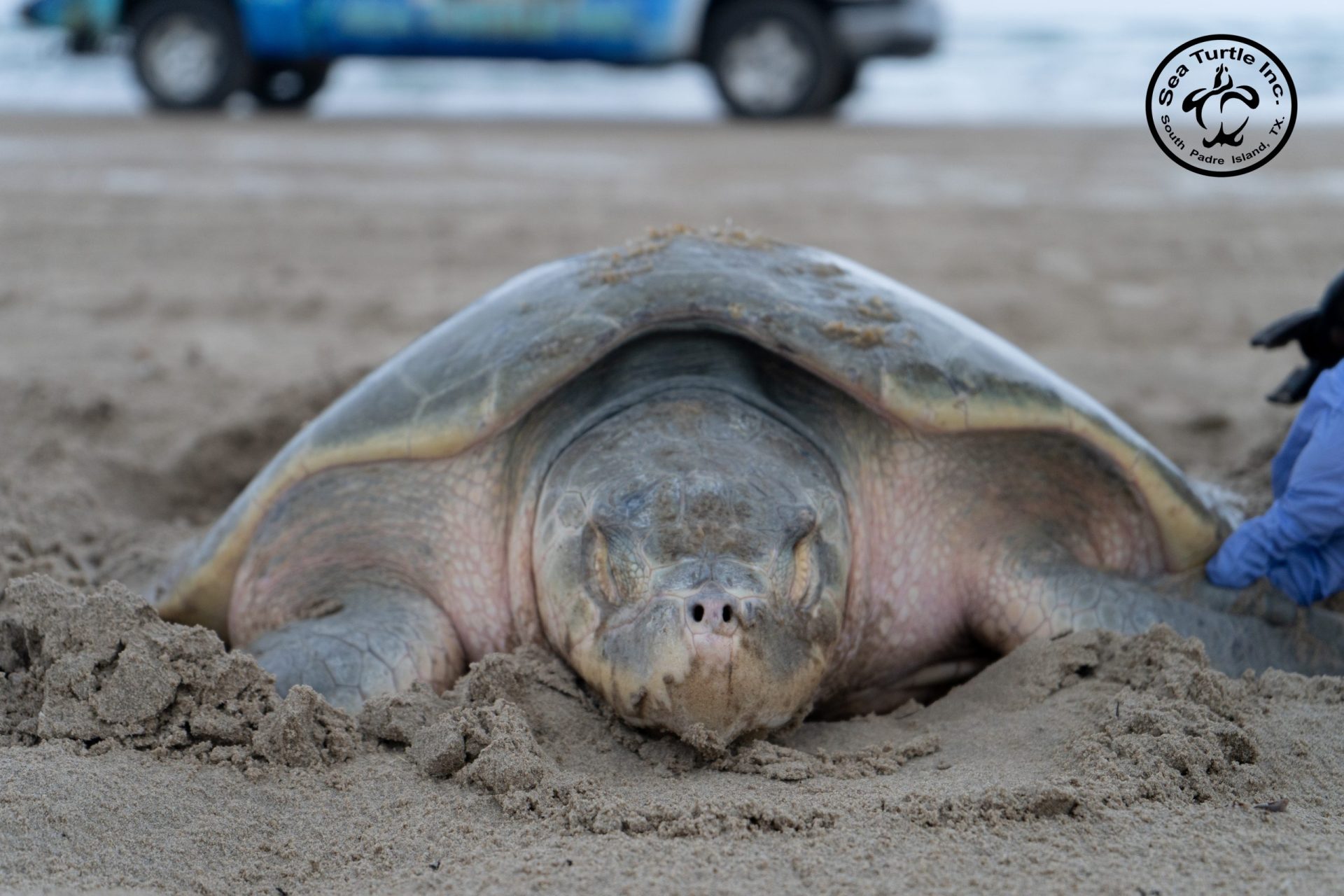To begin with, the sea turtles were late.
While usually, the season starts in early April, Sea Turtle, Inc. CEO Wendy Knight reports that it took until April 28 to see their first female come to our shores to lay her eggs.
According to Knight, no one expected that on the heels of that late sea turtle would be the biggest nesting season in Sea Turtle, Inc.’s history.
Sea Turle, Inc., based on South Padre Island, is a nonprofit that works to help conservation efforts and rescue, rehabilitate, and release injured sea turtles. Each year part of their work involves patrolling nearly 30,000 miles of beach along the South Texas coast to find and protect sea turtle nests during the nesting season from April to September.

As of Aug. 30, the organization reports that, over the 2022 season, it found and rehomed 103 nests with a total of 10,011 sea turtle eggs.
The organization reports that the last time they had such a large number of nests was in 2017, with 100 nests.
Statistically, they had expected a much smaller year— according to Knight, they were not the only ones.
“Everybody in Texas had been taken aback that there have been so many nests this year. That is the beauty of Mother Nature— she does what she wants to do,” Knight said.
Over the season, a small team of employees, interns and volunteers mounts a roving patrol between South Padre Island and Boca Chica Beach to check for nesting sea turtles or laid nests in the sand. Primarily their quarry is the Kemp’s ridley sea turtle, but every so often, they get the occasional green or loggerhead sea turtle that turns up.

Thankfully for the volunteers, Kemp’s ridley sea turtles lay their eggs during the day, so the group doesn’t have to try to find nests in the dark.
Even with that advantage, they run foot and ATV patrols through the beaches seven days a week to see if they can spot a female coming ashore to lay her eggs or the telltale tracks of one who has been and gone. Knight says that vacationers and residents are a big help to the organization as they often report any sightings the patrol might miss.
Once they find the eggs—a female Kemp’s ridley sea turtle can lay two to three nests throughout the season, usually of 80 to 120 eggs each—they need to collect them and the sand their mother packed around them.
The eggs are moved to the organization’s property and kept in a corral, with pits dug at the same depth and width as the one dug by the female sea turtle. Once re-buried, it is a waiting game of about 35 to 47 days.
On average, about 80% of these eggs hatch.
When they do hatch, the frenzy of hatchings coming up from the sand, known as a ‘boil’, signifies to staff that it is time to grab some data for their report.
“We’ll measure a statistical sample of them, maybe 10, to look at their average size and weight or if they have any abnormalities. We report that data federally,” Knight said.

They also report how many eggs they started with and how many hatched—or did not.
Lucky visitors to South Padre Island this year might have seen what comes next, whenever possible, public releases of the newly hatched sea turtles, often announced with around an hour’s notice for those in a position to get to the beach quickly near sunrise.
The reason for the rush to get sea turtles out into the water is vital to their survival.
‘When hatchlings are born, they have this 24-hour burst of energy. The purpose of that burst is to get them out past the breakers and into the sargassum where the food is,” Knight said.
So the organization takes them out to the beach—to imprint them on where to come back— before letting them slip out into the coastal waters in a safe location.
“We can’t afford to waste a moment of that,” she said.
For those that saw off this new group of sea turtles, and those that missed them, there is a bit of a wait—it takes 12 whole years to reach sexual maturity— for these sea turtles to return and lay eggs of their own and start the cycle again.
As Sept. 1 comes and goes, and their small charges swim out to deeper waters for the first time, Sea Turtle, Inc. restarts the clock and settles in to wait until next April, when they’ll do it all over again.
“This organization breathes a big sigh of relief on Sept. 2,” Knight jokes.





